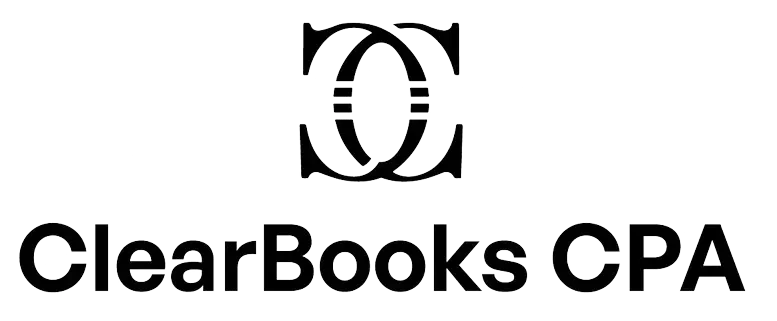Give owners unit-level visibility and property-level control—without messy spreadsheets. We’ll use Locations for properties and Classes for units, then design a chart of accounts that tells a story about operations, margins, and cash.
Design the tracking model
- Locations = Properties (e.g., “123 Main,” “456 Oak”)
- Classes = Units (e.g., “Main-1A,” “Main-1B,” “Oak-2A”)
- Sub-classes for groupings (e.g., “1BR,” “2BR,” “Commercial”)
- Vendors tagged by property where useful (landscaping, utilities)
Owner-focused chart of accounts (detailed)
Revenue — Rent income; Parking; Storage; Laundry/Vending; Utility reimbursements (RUBS); Pet rent; Late fees; Application fees; Move-in fees; Other tenant fees.Operating expenses — Repairs & maintenance; Turnover/Make-ready; Contracted services (landscaping, pest, janitorial, snow); Utilities (electric, gas, water/sewer, trash, internet); Supplies; Cleaning; Security; HOA/Condo dues; Property management fees; Leasing/marketing; Commissions; Insurance; Property taxes; Business licenses/permits; Bank & merchant fees; Professional fees (legal, accounting).Capital & financing — Capital improvements (roofing, HVAC, plumbing, electrical, flooring, appliances, windows, doors); Furniture/fixtures; Loan interest; Loan principal (balance sheet); Reserve accounts; Security deposit liability.
Products & services (QBO)
Create items for recurring rent, ancillary fees, and reimbursements; map each to the correct revenue account. Use recurring sales receipts or invoices to standardize timing and reduce posting errors.
Enable Locations and Classes (QBO)
- Gear → Account and settings → Advanced → turn on Track classes and Track locations
- Choose Warn me for unclassified transactions
- Require class per line so shared bills (e.g., water) can be split fairly across units
Allocation tactics
- Direct costs to a unit: tag the unit class (e.g., fridge replacement, unit paint).
- Shared costs: split by sq. ft., meters, or headcount using a multi-line bill; document your basis.
- Capitalized costs: book to fixed assets with the property location for asset tracking and depreciation.
Reporting owners actually use
- P&L by Class (Units) — identify underperformers and outlier expense lines
- P&L by Location (Properties) — compare buildings side-by-side
- Balance Sheet by Location — debt and equity clarity per property
- Statement of Cash Flows — operations vs. investing (capex) vs. financing
- Budget vs. Actual by property — accountability for managers and vendors
Month-end close checklist
- Reconcile bank/credit card/loan accounts
- Review AR aging (tenants) and security deposit reconciliations
- Validate class/location on every transaction; correct “unclassified”
- Accrue property tax/insurance if applicable
- Scan for negative or miscoded accounts
- Export owner packet: P&L by Class/Location, BS by Location, CF, KPI sheet
KPIs to track
Occupancy %, Average Days Vacant, Turn Cost per Unit, Rent-to-Income, Repair & Maintenance per Unit, Utility Cost per Unit, Net Operating Income (NOI), CapEx by Category, Cash on Cash.
Common pitfalls
Overusing “Ask My Accountant,” expensing capital items, leaving shared bills unallocated, mixing security deposits with operating cash, and inconsistent item mapping.
Want us to build your property file and reporting pack?
We’ll set up your chart, items, automations, and owner packet—ready for handoff.
Contact sales
We’d love to see how we can streamline your hiring together.
Request a demo
Contact sales
We’d love to see how we can streamline your hiring together.
Request a demo
Contact sales
We’d love to see how we can streamline your hiring together.



